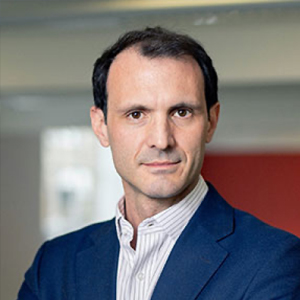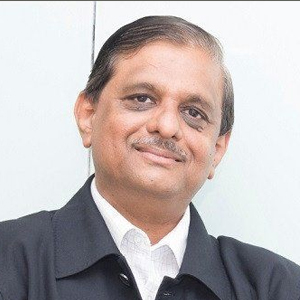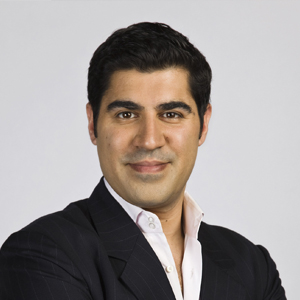Hugh directs the Biomechatronics group at The MIT Media Lab. His research program seeks to advance technologies that promise to accelerate the merging of body and machine, including device architectures that resemble the body's musculoskeletal design, actuator technologies that behave like muscle, and control methodologies that exploit principles of biological movement. His methods encompass a diverse set of scientific and technological disciplines, from the science of biomechanics and biological movement control to the design of biomedical devices for the treatment of human physical disability.
Dr. Herr's research accomplishments in science and technology have already made a significant impact on physically challenged people. The Variable-Damper Knee Prosthesis has recently been commercialized by ssur Inc., and is now benefiting transfemoral amputees throughout the world. In addition, the Active Ankle-Foot Orthosis is now in the process
of being commercialized and has the potential for improving the quality of life of millions of stroke patients within the US alone.
Hugh is the founder and director of The Herr Institute for Human Rehabilitation in Cambridge, MA. His research interests are in the areas of development of human assistive technologies, mammalian locomotory control, tissue engineering and robotics. The purposes of the Herr Institute for Human Rehabilitation are: to develop assistive technologies for the elderly and the disabled; to develop manufacturing processes that reduce the costs associated with the production of assistive technologies; and to promote the distribution of assistive technologies throughout the world.
When Hugh was a junior in high school, his lower legs were frostbitten severely from a mountaineering accident and had to be amputated inches below the knees. This experience spurred his interest in inventing orthotic and prosthetic appliances. He designed special legs for himself so that he could continue to climb mountains and has devoted his life to assisting the elderly and the disabled through his research. Herr has been featured on the Discovery Channel for his development of prosthetic devices that increase human endurance to rock climb, reduce metabolic energy requirements to cross country ski, reduce stress on the spine during heavy lifting and increase the endurance of physically disabled persons in climbing stairs. Hugh's work impacts a number of academic communities. He has given numerous invited and plenary lectures at international conferences and colloquia, including the IVth World Congress of Biomechanics, the International Conference on Advanced Prosthetics, the National Assembly of Physical Medicine and Rehabilitation, the Highlands Forum XXII (Life Sciences, Complexity, and National Security), and the TEDMED International Conference. He is Associate Editor for the
Journal of NeuroEngineering and Rehabilitation, and has served as a 1 / 2 reviewer for the Journal of Experimental Biology, the International Journal of Robotics Research, IEEE Transactions on Biomedical Engineering, and the Proceedings of the Royal Society: Biological Sciences.
He is the author and co-author of numerous peer-reviewed manuscripts and patents, chronicling the science and technology behind his many innovations. These innovations include Computer-Controlled Artificial Knees, Active Leg Exoskeletons,and Powered Ankle-Foot Prostheses. A computer-controlled knee prosthesis called the Rheo, which is outfitted with a microprocessor that continually senses the joint's position and the loads applied to the limb, was named to the list of Top Ten Inventions in the health category by TIME magazine in 2004. A powered ankle-foot prosthesis called the BiOM, which emulates the action of a biological leg and, for the first time, provides amputees with a natural gait, was named to the same TIME top-ten list in 2007. Also in 2007, Hugh was presented with the 13th Annual Heinz Award for
Technology, the Economy and Hugh is the Founder and Chief Technology Officer of iWalk Inc., a company that commercializes the BiOM, first in a series of products that will emulate or even augment physiological function through
electromechanical replacement. Today the BiOM by iWalk has been clinically shown to be the first leg prosthesis in history to reach human normalization, allowing amputees to walk with normal levels of speed and metabolism as if their legs were biological once again.
Hugh's story has been told in the biography Second Ascent, The Story of Hugh Herr; a 2002 National Geographic film, Ascent: The Story ofHugh Herr; and episodes and articles featured in CNN, The Economist, Discover and Nature.










